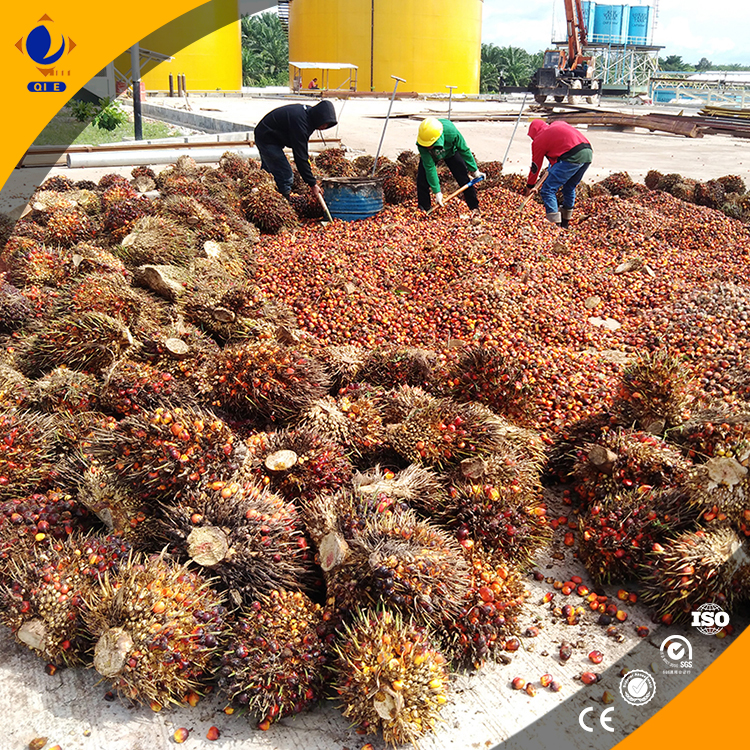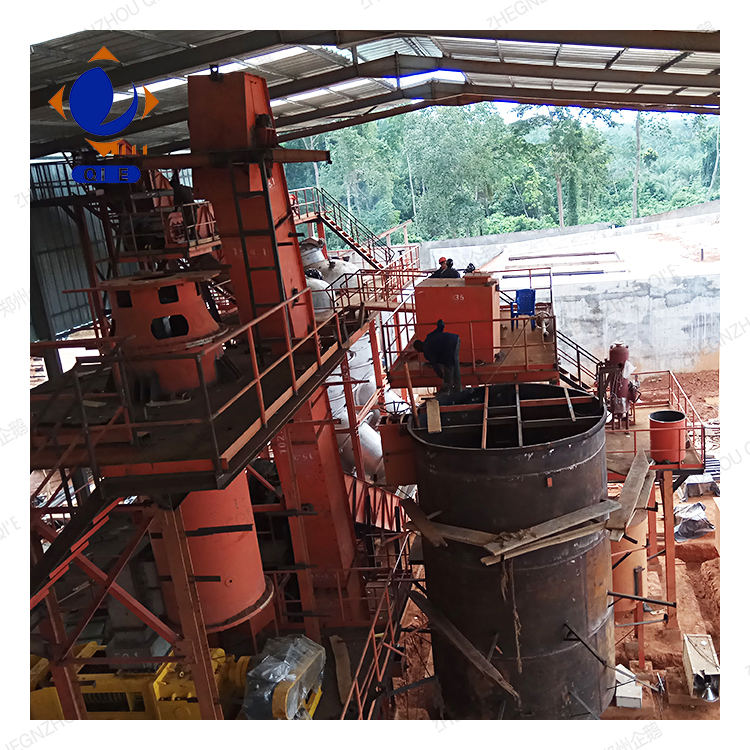
The soybean oil refining industry is evolving rapidly, driven by increasing demands for higher efficiency, superior oil quality, and cost minimization. Understanding the intricacies of refining technologies — including batch, semi-continuous, and continuous systems — empowers B2B exporters and manufacturers to optimize production workflows while maximizing profitability. This article delves into the core challenges faced during soybean oil refining, offers actionable solutions tailored by refining system type, and showcases how cutting-edge machinery enhances throughput and product quality.
Soybean oil refining involves removing impurities such as phospholipids, free fatty acids, pigments, and odors to produce high-grade edible oil. The primary refining systems include:
Each system's technical design impacts refining efficiency, oil quality, and cost-effectiveness differently, mandating thoughtful selection aligned with production goals and market expectations.
Across refining types, several recurring issues degrade efficiency and inflate operational expenses:
| Challenge | Impact | Root Causes |
|---|---|---|
| Low Processing Throughput | Reduced production capacity, limiting order fulfillment | Outdated equipment, ineffective flow control, poor automation |
| High Energy Consumption | Elevated utility bills, increased carbon footprint | Inefficient heat exchangers, lack of energy recovery systems |
| Excessive Oil Losses | Material waste, lower yield affecting profitability | Suboptimal deodorization parameters, poor separation technology |
| Inconsistent Oil Quality | Customer dissatisfaction & potential contract losses | Manual process variability, insufficient monitoring equipment |
Batch Systems: Incremental automation of stirring and temperature controls can shorten batch cycles by 15-20%. Upgrading to stainless steel reactors enhances corrosion resistance and cleaning efficiency, reducing downtime by an estimated 12%. Selective installation of inline sensors supports better process monitoring without a major capital influx.
Semi-Continuous Systems: Integration of automated feed-and-discharge valves improves product consistency and reduces human error. Employing heat recovery units recaptures approximately 20% of energy cost, significantly lowering operational expenses. Additionally, modular upgrades allow phased investments aligning with growing production needs.
Continuous Systems: Precision PLC (Programmable Logic Controller) systems optimize flow rates and refining parameters in real time. Deployment of advanced deodorization columns with enhanced mass transfer structures has demonstrated yield improvements of up to 5%. Comprehensive automation reduces labor costs by roughly 30% while boosting throughput beyond 20 tons per hour.

One leading Asian soybean oil exporter implemented semi-continuous refining systems integrated with real-time digital control panels, achieving a 25% productivity boost alongside a 15% reduction in energy consumption over twelve months. Meanwhile, a North American customer expanded their continuous refining facility with upgraded deodorization equipment, reducing free fatty acid levels from 0.2% to below 0.05%, vastly improving customer satisfaction and export quality compliance.
These cases highlight the importance of selecting refining solutions aligned with operational scale and market requirements, driving both quality uplift and cost efficiencies.
 soybean oil refining machinery upgrades" style="width: 100%; margin: 20px 0; border-radius: 8px; box-shadow: 0 0 10px rgba(0,0,0,0.1);">
soybean oil refining machinery upgrades" style="width: 100%; margin: 20px 0; border-radius: 8px; box-shadow: 0 0 10px rgba(0,0,0,0.1);">
Investing in state-of-the-art soybean oil refining machinery not only elevates processing quality but also cultivates stronger partnerships with overseas clients who prioritize consistent high-quality oils backed by reliable delivery schedules. Automation and optimized processes translate into scalable production models, empowering exporters to penetrate new markets with confidence.
Additionally, modern refining solutions often incorporate IoT and data analytics capabilities, enabling predictive maintenance and continuous improvement strategies essential for long-term competitiveness.



